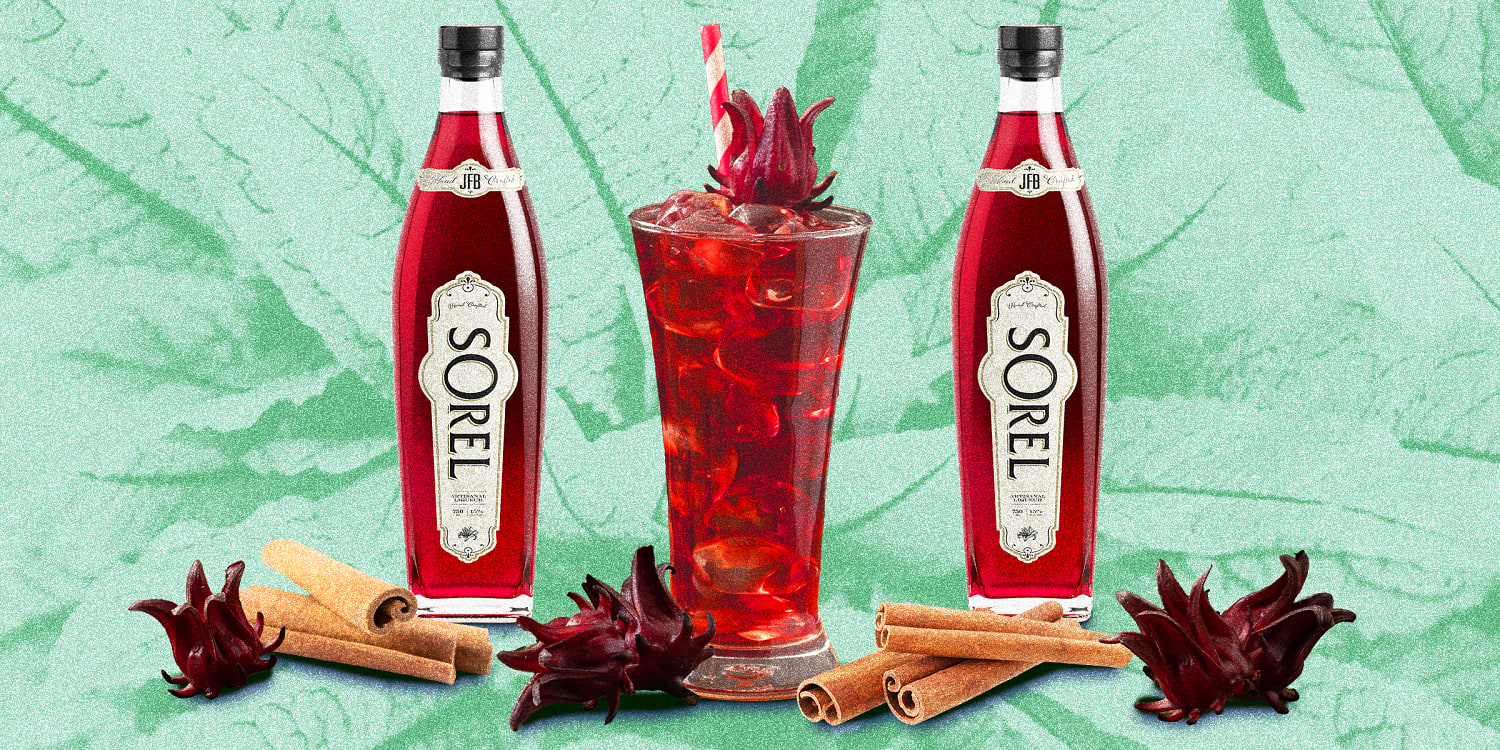“The first time I saw sorrel, it was Jamaica, Queens — I was 15 or 16 years old,” chef JJ Johnson tells TODAY.com, reminiscing on an afternoon spent with his cousin. “We were getting a beef patty and coco bread and, of course, I see a red drink and I’m like, ‘Oh, what’s this drink?’ and she’s like, ‘Oh that’s sorrel, you gotta get one.
’ So I got one and I fell in love with it.’” These days, the James Beard Award-winning chef serves the drink — made by brewing the calyx of the tropical flower roselle (also known as ) with spices and, sometimes, rum — at his popular rice bowl restaurant . Johnson’s is non-alcoholic, sweetened with palm sugar and spiced with cinnamon.

He says the drink initially appeared on the menu as a special, but became a mainstay when it garnered a distinct following. “There’s people that come to Fieldtrip just for our sorrel,” he says. “They get two, three glasses or they’ll ask for a quart container.
” The bright red drink is known by many names throughout the world: , rosella, and sorrel, to name a few. Latin singer Maluma has even hat-tipped the beverage in his track “Agua de Jamaica,” showing its worldwide appeal. But, to Black American culinary greats getting ready to celebrate Juneteenth, sorrel holds a deep significance due to its history and the centuries-long journey of the people who make it.
On June 19, 1865, federal troops arrived in Galveston, Texas, and . This was two and a half years Abraham L.























